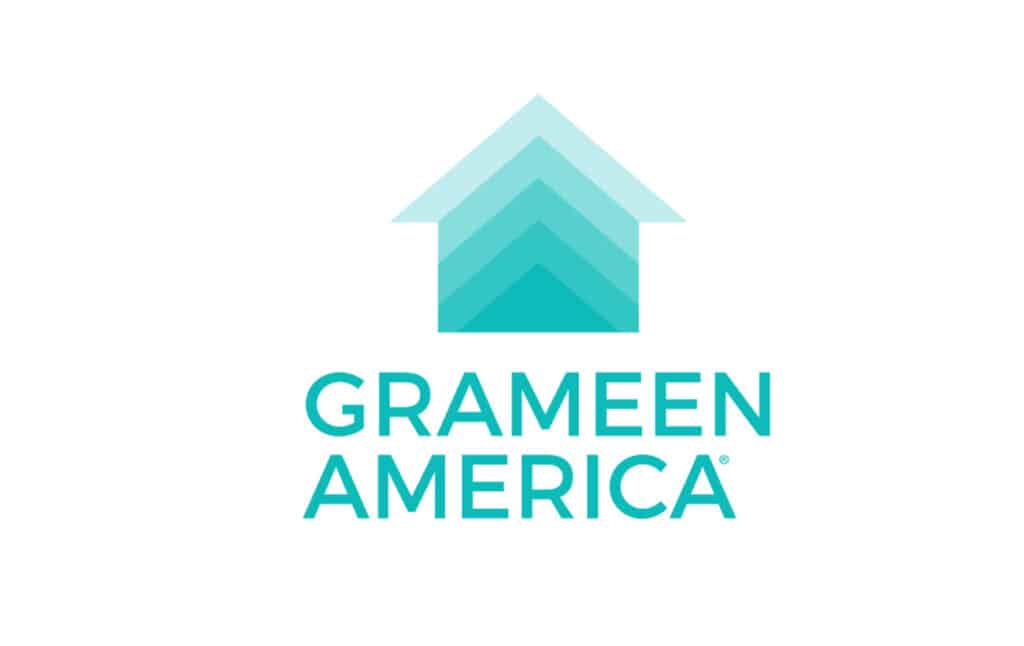Each month, Street Fight sources expert insights from the businesses in our ecosystem on our theme. This month’s theme is 2022 predictions, and our experts share their takes on B2B streaming advertising, capitalizing on first-party data, ad automation, and digital video content.
Will Kunkel, VP of Marketing, Stirista
Streaming ad buying is growing, but it’s still an under-utilized vehicle for many marketers, especially B2B marketers. Due to the relative value and increased consumption of streaming content, we will see more brands — especially more mid-tier or mid-budget brands — moving money away from linear TV to CTV. We will also see brands that spend on linear append with adjacent CTRV buys for better reach and targeting.
For a long time, the roadblock to CTV was a lack of inventory, but that’s rapidly changing to meet the demand of agencies and marketers. Because it allows for the same kind of analytics, measurement, and attribution that other digital channels offer, CTV is a no-brainer for brands already immersed in digital advertising. Additionally, more and more OTT and CTV providers will be using ads to fill the gaps as they offer more free content to combat the subscription fatigue that is starting to wear on consumers’ wallets. With CTV, you’re really getting the best of both worlds — the unique engagement the TV provides coupled with measurement metrics that let you optimize, adjust, and gauge the impact in real time or near real-time.
Todd Schoenherr, VP of Strategy, Infutor
Brands’ first-party data asset investments will start delivering new value in 2022. Whether it is Google’s deprecation of cookies or GDPR, efforts to protect consumer data privacy have changed the face of how brands treat their own customers’ data. As a result, the days of brands outsourcing and renting data management capabilities are numbered as many have committed time and resources and made big investments in their first party data — helping to integrate internal silos, correct and append valuable datasets, and make technical advances in clean rooms, tokenization, and other privacy-minded enhancements.
In 2022, there will be a sea change in brands moving from investing in first-party data to driving new value from this data. Whether that is through the help of data exchanges, CDPs, or other data solutions, many brands can now link, append, score, and share their data in privacy-compliant ways, enabling them to activate campaigns based on more accurate and relevant audiences. The key is enabling privacy-compliant links that allow brands to tap into their first-party data to enhance their targeting and reach capabilities and cultivate their best, high-value customers.
Jay Kulkarni, Founder and CEO, Theorem
The ad industry needs to prioritize automation.
Media and entertainment streaming brands are on a growth trajectory. Since most streaming companies now use advertising as a monetization model — in addition to subscriptions — the media marketing industry is in dire need of ad campaign scalability.
Order volume is out-scaling manual elements of existing processes, particularly in companies with an ever-growing daily volume of short-lived ad placements. At the same time, broadcast networks are leveraging affiliate websites to monetize their content through paid advertising, adding to the urgency for streamlined AdOps and order-to-cash processes across the media and entertainment market.
Implementing automation into more manual repetitive processes like order-to-cash will enhance the capabilities of media operations and advertising for brands. Streamlining repetitive processes helps reduce error rates, which frees up bandwidth for teams to focus on growth initiatives and speeds up the revenue recognition process — ultimately boosting ROI. Automation integration is the best way to enable scalability and future-proof advertising and media operations brands.
Navdeep Saini, CEO and founder of DistroScale, parent company of DistroTV
2022 will see streaming TV viewership continue to surge, and with that, we will see further innovation in the space. CTV is erasing borders; what I mean by that is that it is effectively allowing for the globalization and diversification of available content to watch. We’re seeing regions stream content that was previously considered inaccessible to their communities, and that’s something that’s only going to continue to improve as time goes on. I also suspect that we will see more original programming debut on free, ad-supported streaming TV (FAST) platforms, in the form of both shows and movies.








